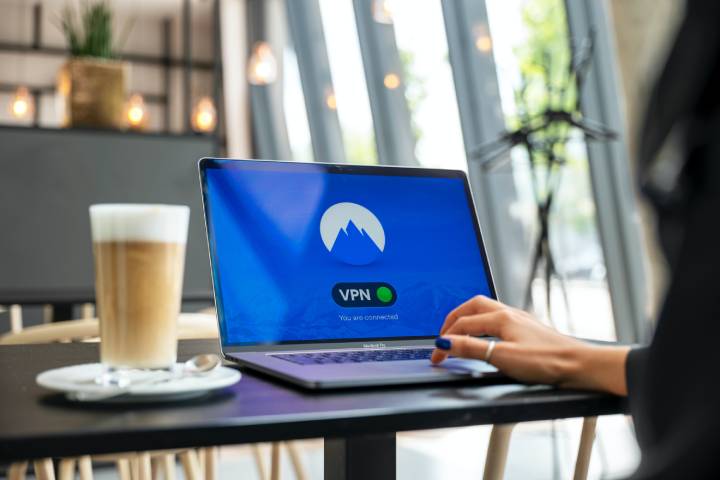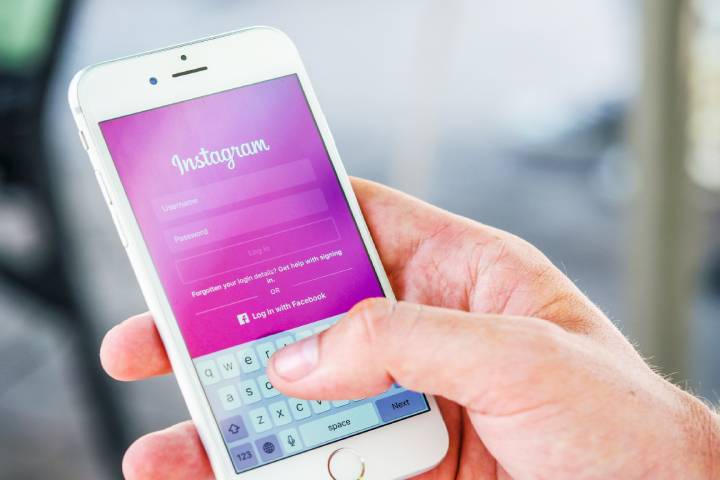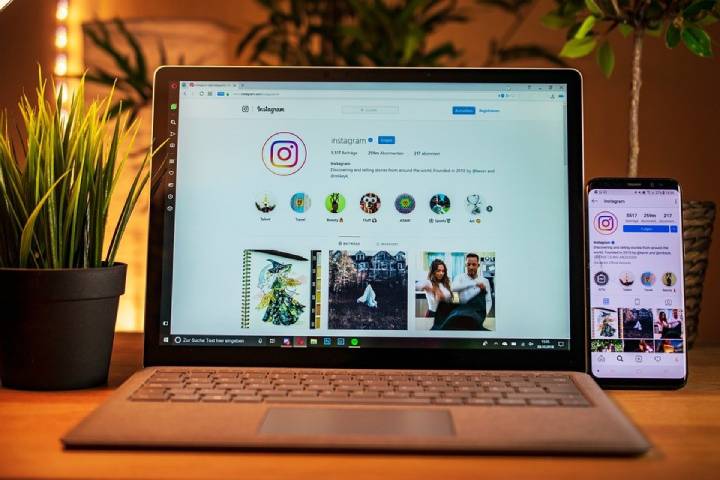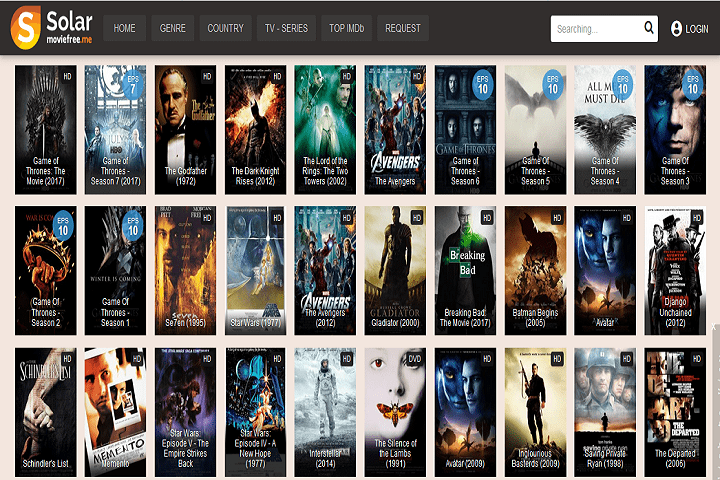Internet
What Is a VPN, and Why You Need One
Situations like this are a prime example of how a VPN can be helpful in everyday life. It’s a method of hiding your VPN use completely, so when an ISP looks at your traffic, they can’t even tell you’re browsing safely under a veil of anonymity.

By now, the most considerable majority of the world’s internet users are familiar with at least one VPN provider and have at least a basic understanding of how they work. Hiding your IP address from your ISP seems the most popular reason to use one, but somebody tends to ignore that it’s not the only one.
Aside from helping you maintain some privacy in a world saturated with different types of surveillance, there’s so much more they can accomplish in your day-to-day struggles to remain anonymous.
Table of Contents
1. Say goodbye to your ISP’s eavesdropping
For the most part, anyway. If you’re an internet user in the United States, then odds are you get your internet service from one of the more popular ones dominating the market right now. You’ve got Charter Spectrum, Dish, Verizon, Comcast, and more than a few others out there to choose from that ultimately offer just about the same thing: Internet service that comes with round-the-clock surveillance.
Some people think that using Private Browsing mode is enough to stop their ISP from seeing their every move. Sadly, it does nothing to help in that regard. Private Browsing is simply a way to ensure your computer doesn’t save and back up the history and cookies from your session but doesn’t do much else.
With a VPN and some help from vpnbrains.com, all traffic on your computer is encrypted from end-to-end, meaning even the hand that feeds might have a hard time tracking what you do. Bear in mind, they don’t wholly hide everything but instead, add an extra layer to your armor of anonymity. You can still be tracked, just not as quickly.
2. Location spoofing
When I worked as a freelancer, from time to time, I would have a friend of mine from Lagos, Nigeria, give me a hand with some of the writing tasks. Still, though he did bear and was raised in Lagos, he studied hard, had a great understanding of the English language, and was more than capable of helping me out. But since I was already busy with other assignments, having to approve his login to my freelancer account every time he wanted to help.
After some research, we decided to have him log on while under the protective veil of my NordVPN account with the location set to somewhere in the United States. Believe it or not, that was the last time I had to approve one of his logins. As long as he remained in the exact location on the app, with the same browser he used as before, he was able to come and go as he pleased.
“Yes, Google, he’s still Nigerian.” thanks to that, we could take on twice as much work and provide more than enough to keep our families fed. Not only that, but it saved me a few headaches approving all those push notifications.

3. Different prices depending on where you are in the world
One prevalent example of this is the gaming platform, Steam. Depending on the title, you can sometimes find that the price is lower in a foreign country, like Chile, for example, compared to its United States-based counterpart. The difference in money spent may not be so significant to some, but all those struggling to make ends meet while still needing a game to escape reality from time to time may find this pretty helpful.
4. Freedom of speech
Even though this particular concept was a prominent part of the constitution and the laws that formed our country, we don’t have complete freedom of speech, whether we want to admit it or not. All it needs is the right set of words said at the wrong point in time, and your space can be stripped in an instant.
Situations like this are a prime example of how a VPN can be helpful in everyday life. Thanks to its end-to-end encryption and altered geolocation, journalists and activists alike can speak their minds with at least a tiny bit of protection for a change.
5. End-to-end encryption
Any time you send a message over the internet, you run the risk of someone intercepting it somewhere along the line. Apps like Messenger and Google Chat don’t encrypt their notes as they’re being sent, so anyone with a moderate understanding of black hat hacking can intercept those messages at some point in between. With a VPN, the statements they block show up encrypted and unreadable, helping to keep your conversations private just like they should be.
6. Bypassing geo-restrictions
All over the world, different countries are cracking down hard on cybercrime and any dealings held over the world wide web. Some nations have even taken steps to ban specific programs or the internet altogether within their borders. But with the help of a VPN, the user can change their geolocation and bypass the walls put in place by their government, making it seem like they’re in another country altogether.
You can get it a step further using what some call “double obfuscation.” It’s a method of hiding your VPN use completely, so when an ISP looks at your traffic, they can’t even tell you’re browsing safely under a veil of anonymity.
Games
Parimatch starts cooperation with the AFA in Asia
This partnership allows the AFA to expand its international presence and, together with Parimatch, participate in all sports technology events held in Asia.

The global gaming platform Parimatch has announced a new exclusive partnership with the Argentine Football Association (AFA), becoming the organization’s fifth regional sponsor. This partnership allows the AFA to expand its international presence and, together with Parimatch, participate in all sports technology events held in Asia.
Expanding its horizons, the Argentine Football Association is actively entering new strategic markets, involving more than 55 commercial partners. In addition, the association is improving its digital content strategy, including social media in five languages, to help attract new audiences.
The partnership with Parimatch will provide users with the opportunity to participate in various official events, receive autographed t-shirts of the players of the national team of Argentina, and enjoy unique moments thanks to this collaboration.
AFA President Claudio Tapia said: “We express our gratitude to Parimatch, a leading company in the gaming industry, for joining the Argentine football family as a regional sponsor of our national team in the Asian region.”
Tapia stressed that the AFA continues to take active steps to expand its presence in strategic markets and forge alliances with leading companies. This agreement allows the association to work actively in Asia and strengthens its position in the world of football. “We sincerely welcome Parimatch as our regional sponsor,” he added.
The AFA’s Commercial and Marketing Director, Leandro Petersen, stated: “We are delighted to announce a new regional sponsorship in the Asian region between the AFA and Parimatch. This partnership with a market leader like Parimatch will strengthen our position in the international arena and help expand the fan base of the Argentine national team in Asia.”
The press service of Parimatch also expressed satisfaction with the cooperation, underscoring: “We are pleased to work with the Argentine Football Association as its regional sponsor in Asia. This agreement marks an important milestone for Parimatch as we enhance our commitment to growing football in Asia and providing an exceptional playing experience for fans. Our partnership with the AFA allows us to expand our brands and actively engage with football fans in Asia.”
Parimatch reaffirms its commitment to supporting football in Asia and is ready to provide fans with unforgettable experiences as a regional sponsor of the Argentine Football Association.
Through strategic partnerships with leading football organizations such as the AFA, Parimatch continues to promote the development of sports and popularize football culture in Asia, bringing beloved teams closer to their fans.
Parimatch also plays a key role in promoting sports culture in the region. Through its partnership with the AFA, Parimatch provides its users with exclusive access to events and products related to Argentine football. This not only strengthens the Parimatch brand, but also enhances the commitment to sports in Asia.
The collaboration between Parimatch and the AFA demonstrates how strategic alliances can influence the development of the sports industry. Parimatch is constantly looking for new opportunities for development and innovation, and this partnership is another step in that direction. Parimatch users are looking forward to new opportunities that will open up thanks to this collaboration.
-

 Instagram4 years ago
Instagram4 years agoBuy IG likes and buy organic Instagram followers: where to buy them and how?
-

 Instagram4 years ago
Instagram4 years ago100% Genuine Instagram Followers & Likes with Guaranteed Tool
-

 Business5 years ago
Business5 years ago7 Must Have Digital Marketing Tools For Your Small Businesses
-

 Instagram4 years ago
Instagram4 years agoInstagram Followers And Likes – Online Social Media Platform
















